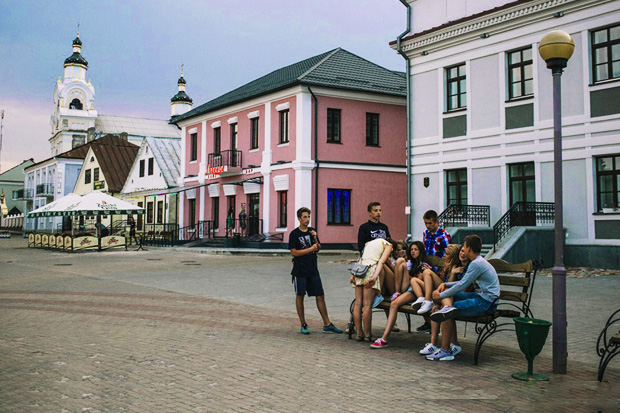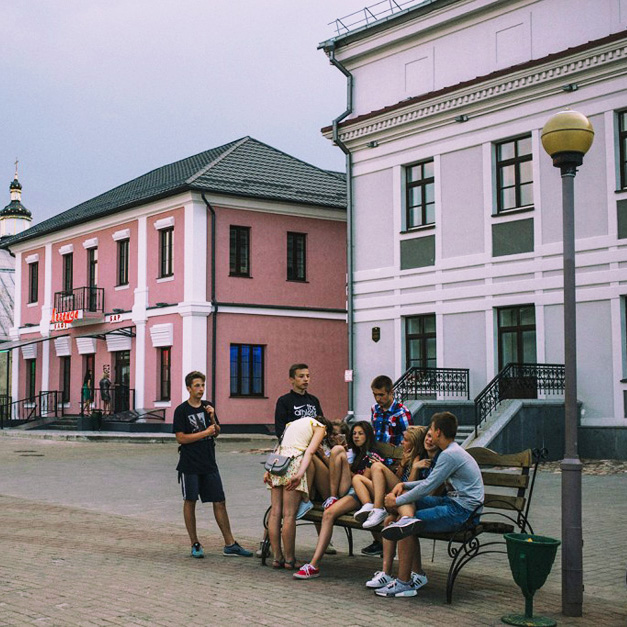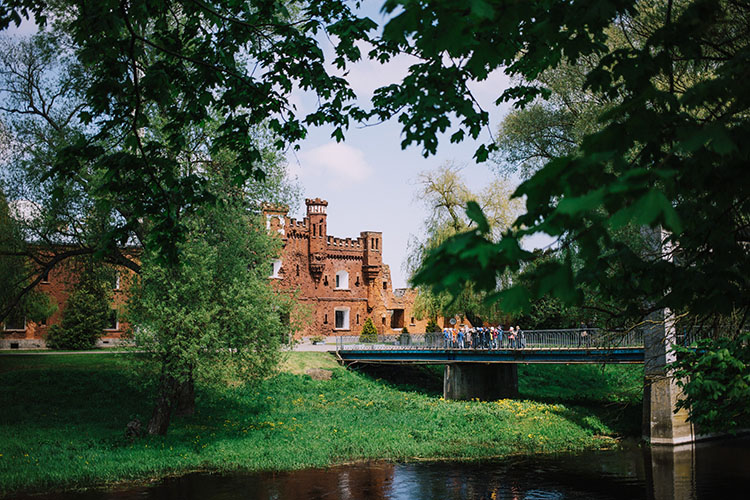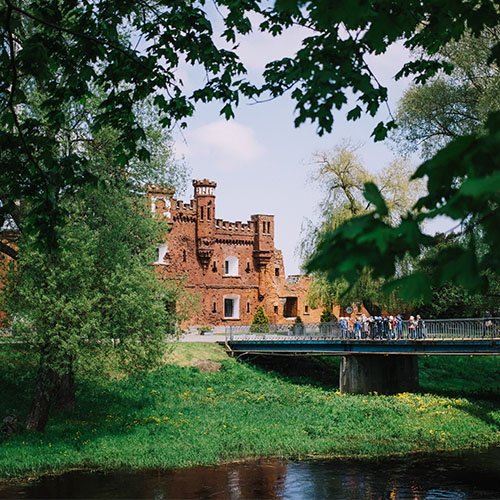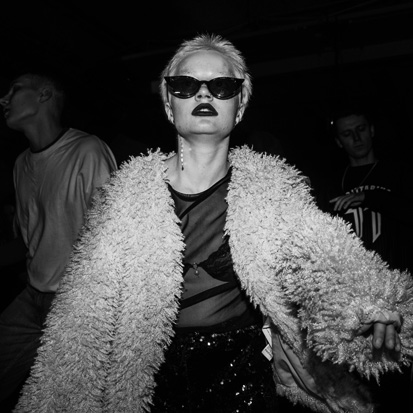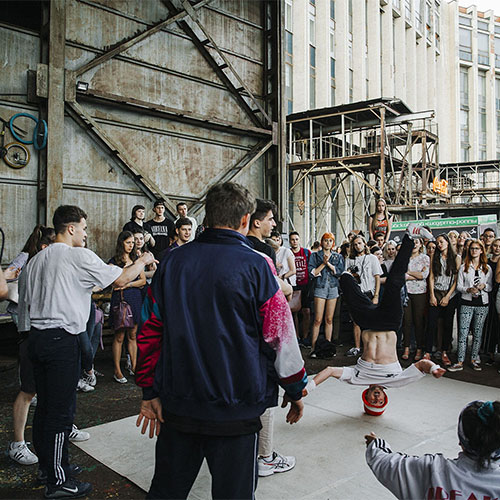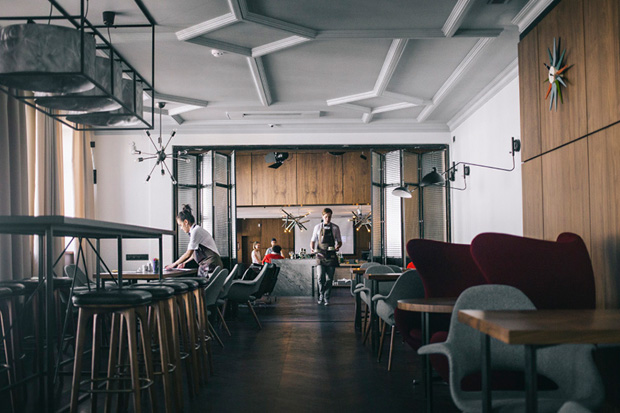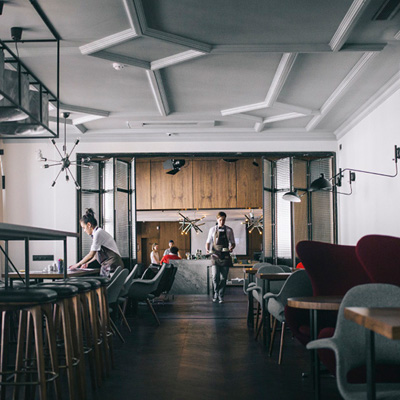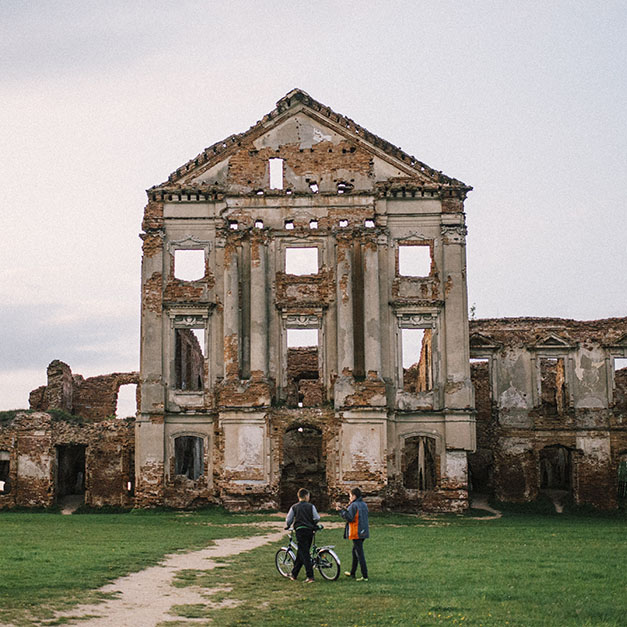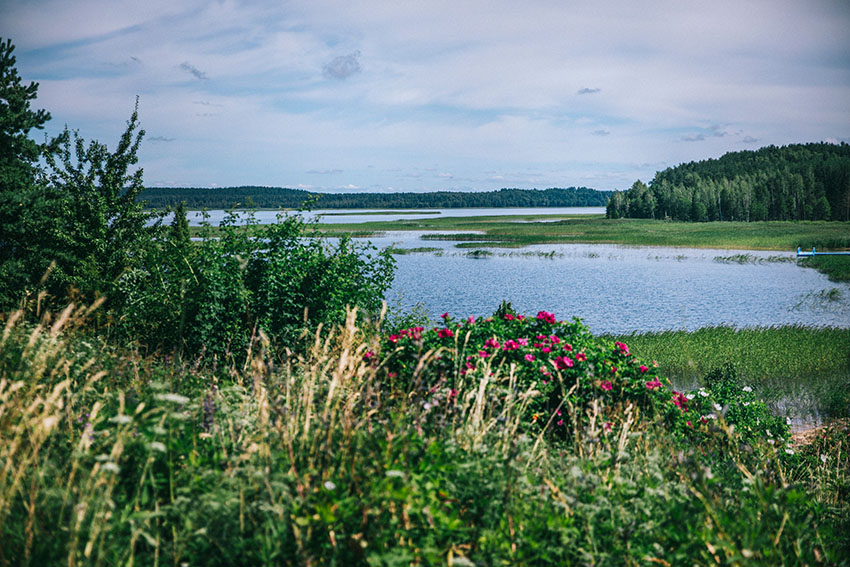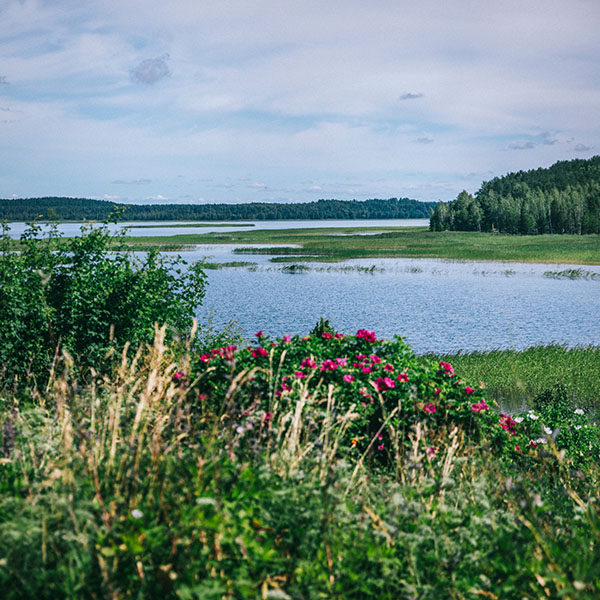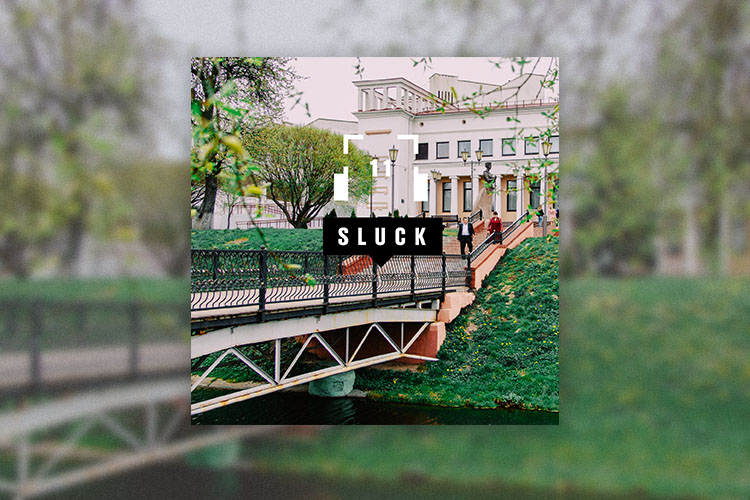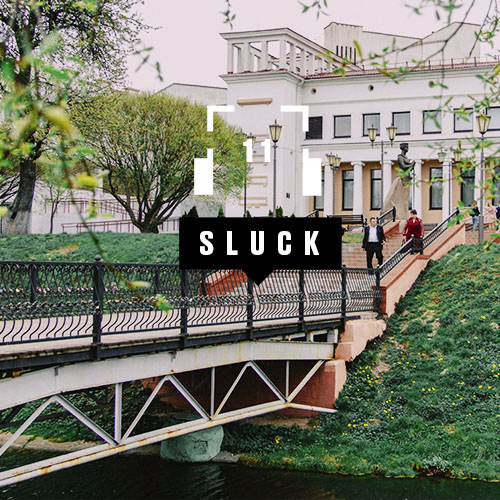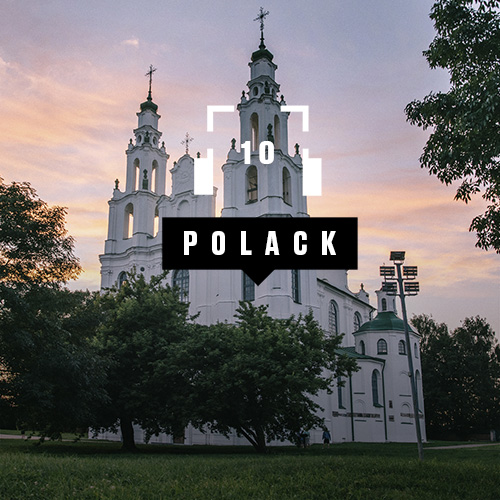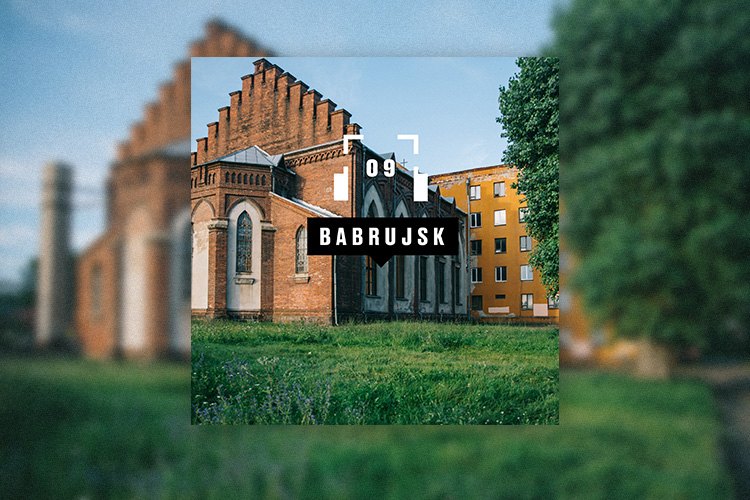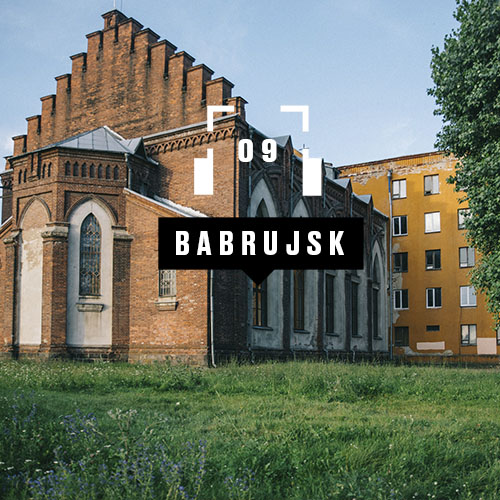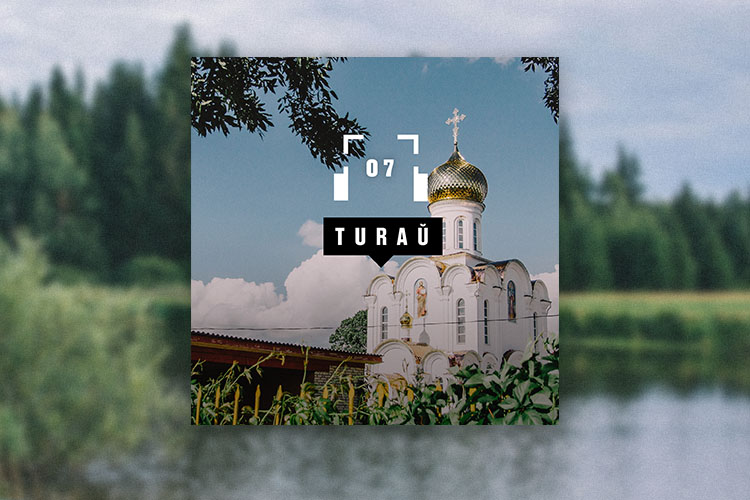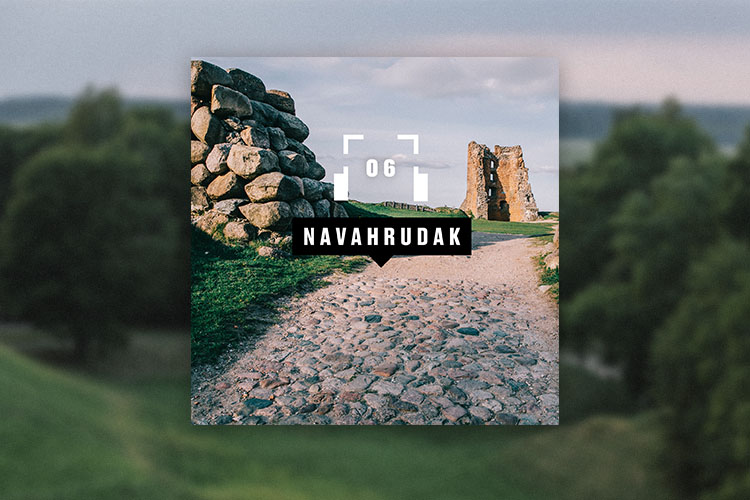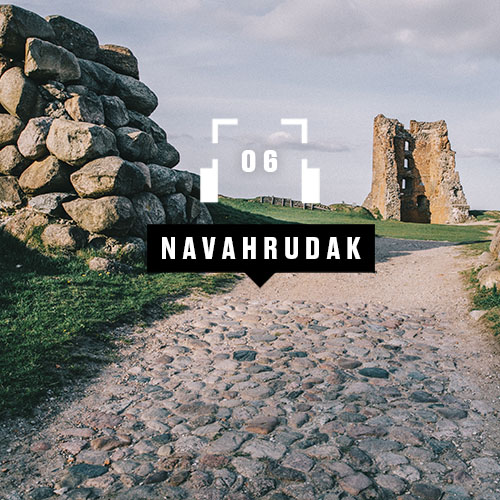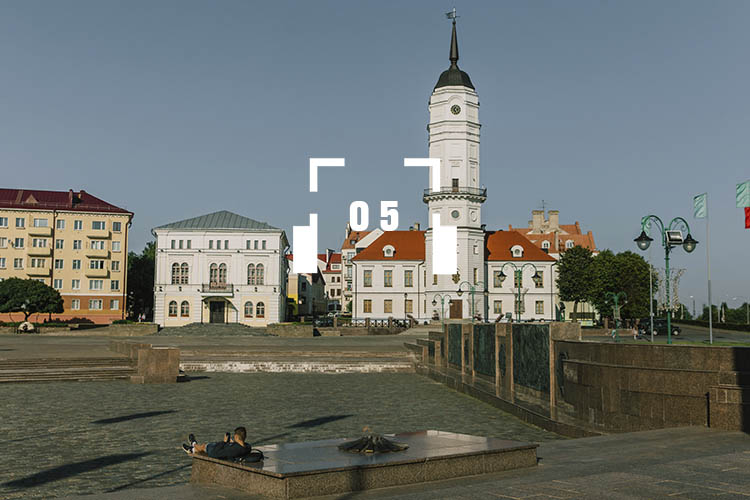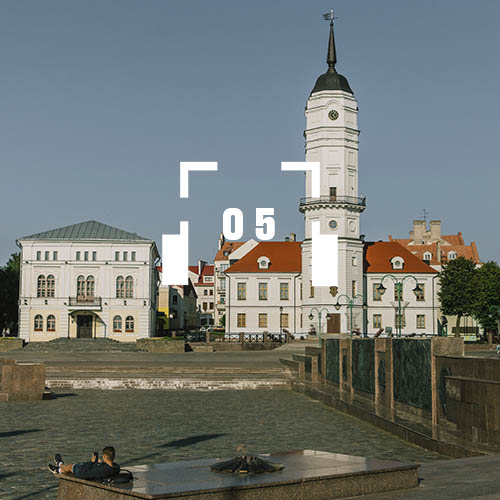Jewish Heritage: 6 Abandoned Synagogues in Belarus
The Jewish people made a significant contribution to the Belarusian culture, but its history was practically crossed out by the Second World War. However, the unique heritage has been preserved, but unfortunately, it is in a sad state. These are synagogues, schools, cemeteries and other important places, which are often forgotten by the locals. But it is important to remember, so here are six powerful synagogues in Belarus, which are now abandoned or empty.
.jpg)
Slonim Synagogue
Hrodna region, Slonim district
The synagogue in Slonim is one of the oldest and most beautiful synagogues in Belarus. It was built in 1642. It was built in the Baroque style, but you can also notice the defensive architecture features: thick walls, high windows, and niche-battlements.
If you manage to get inside, examine the interior carefully. In the center of the synagogue, there is a bimah, an elevation for religious rites. Some ancient frescoes are preserved on its dome. It must be said that in Slonim synagogue, unlike many other synagogues, stucco and painting were well preserved. For example, there are paintings of ceremonial and secular musical instruments, drapery, flower bouquets. On the eastern wall, there is an aron ha-qodesh (“sacred ark”), an ornate cabinet that enshrines the sacred Torah.
In general, the synagogue is pretty well preserved, but due to the fact that the building has been empty for a long time, it begins to go down. There have been no worships here since the German occupation: the building was used as a warehouse and commercial premises then. (by the way, the 19th-century synagogue next door is still a furniture store). And after the collapse of the USSR, the synagogue became empty.
This synagogue can't be called fully abandoned: the building was given to the Jews in the early 2000s. They put a fence around the building and started the restoration works. But unfortunately, over the past 20 years, there has been no visible change. Recently, it was reported that the British want to help restore the Jewish shrine and are ready to give money for this. That would be very cool.
how to get there
If you are driving from Minsk, head for the P-1 highway, which flows into the E-30 highway, and then into the M-1. When you pass Baranavičy, turn right at the village of Biarozaŭka, and the road will lead you to Slonim. The synagogue is located at vulica Savieckaja, 1.

Ryžany Synagogue
Brest region, Pružany district
Here, in the former brilliant residence of the Sapiehi family, which is now a typical urban settlement, there was a large Jewish community: there were about 7 synagogues! The most important of them was the Great Synagogue. For the first time, a religious building on this place was erected in the middle of the 17th century (it is said that it was a smaller copy of the Slonim synagogue), but that building was not preserved, and in 1875 local Jews built a new eclectic synagogue. Then a Jewish school was built next to it.
The synagogue was working until 1940. During the war, the community was destroyed. In the postwar period, the building was used as a warehouse, boiler room and garage. Now it is abandoned and is gradually deteriorating. Something should be done here and really soon, otherwise the roof will collapse and the walls will be destroyed. By the way, the wall murals, inscriptions and stucco moldings are partly preserved in the building – and all this might be lost forever.
how to get there
Go the same way as to Slonim, only you will need to turn not at Biarozaŭka, but a little further – at Ivacevičy. Then turn right and after 40 km, you will find yourself in Ružany. The synagogue is at vulica Jakub Kolasa, 6.

Indura Synagogue
Гродненская область, Гродненский район
The Jewish community has been lived in Indura at least since the 16th century. Indura was one of the many centers of Jewish life in the Great Dutchy of Lithuania. In the 18th century, a meeting of all the leaders of the kahals was held here: they discussed the collection of taxes from the Jews. In the 1770s-80s, the famous preacher Heinkel Indursky lived here. According to the census of 1897, there were 2,674 people living in Indura, and 2,194 of them were Jews.
In 1885 a large two-storey synagogue was built in the town. Everything was perfect: the facade is facing Jerusalem, there were a lot of windows so that all believers could see the sky during the prayer. Besides this synagogue, at the end of the 19th - beginning of the 20th century, there were another 4 prayer houses in Indura.
After WWII, there were no Jews left in the town, and the local collective farm began to use the synagogue as a fertilizer depot. Now it is empty but well preserved: the building is very strong and even the roof is still intact.
how to get there
Drive to Hrodna and then about 30 km to the south along the Indura highway (highway P-99).

Ašmiany Synagogue
Hrodna region, Ašmiany district
The first evidence of the Jews in Ašmiany come from the 17th century. In 1880, about 2500 Jews lived here, with a total population of 5000. There were 4 synagogues.
Presumably in 1912 (or maybe in the second half of the 19th century), a unique red brick synagogue opened its doors for believers: it had a high three-tiered roof, a facade decorated with an authentic rose window and pilasters. And if you get inside (by the way, it's not that easy – you have to go to the local museum and ask them to open the doors), you will see the well-preserved mural paintings. Almost the entire painting of the wooden ceiling is intact! A special balcony for women has also survived.
During the Second World War, the synagogue was the center of the ghetto, and after the war, it turned into a warehouse.
Now the synagogue is closed. The building is in good condition, but there are problems with the wooden ceiling – it is rotting. But there is also good news: the Committee of the International Council on Monuments and Belarusian activists are working on the restoration plan. We hope that it will work out.
how to get there
It is very simple: start from Minsk on the M-7 (E-28) and after 130 km you'll be at your destination.

Stolin Synagogue
Brest region, Stolin district
Stolin used to be a large Jewish town, and there was a complex of Jewish religious buildings in the center of the city. The building of the Jewish school, the Rabbi's House, the stone house and the Great Synagogue (also known as Belaja, or White Synagogue) built in 1792 have survived to this day. This synagogue is interesting because it is a monument of the transition period from baroque to classicism. At the end of the 18th century, synagogues began to receive the architectural features of secular buildings. Stolin synagogue is a good example of it: it is very different from the other religious buildings on this list.
The synagogue remembers the sad events of WWII. When the city was occupied, the Jews were locked in here and later killed. During the war, the building was badly damaged and never restored. Now, there are only the walls of the architecture monument remaining, and they are deteriorating more and more each year.
how to get there
Stolin is located near the border with Ukraine, 330 km from Minsk. You can reach it by the P-23, turning left near Mikaševičy onto the M-10. Then you turn right and along the R-88 highway, passing through Turaŭ and David-Haradok, you get to Stolin.

Viciebsk Synagogue
At the beginning of the previous century, a lot of Jewish people lived in the city of Viciebsk. They settled here in the 16th century, and in the middle of the 17th century, they received permission to build a synagogue. By the way, at the end of the 18th century, Viciebsk was one of the largest centers of Hasidic Judaism in the Grand Duchy of Lithuania.
In 1897, 52.4% of the city’s population was Jewish. One of the Jewish families was the Chagalls family, who lived on Pakroŭskaja Street (now there is the Marc Chagall Museum). And not far from there, at Revalucyjnaja Street there is the Lubavičskaja Synagogue. The family of the future world-famous artist most likely went here to pray.
In 1923 the flying club was opened here, then the House of Culture and warehouses. Currently, the synagogue is abandoned and destroying. There have been many plans to restore it, but, unfortunately, none of them have been implemented.
how to get there
It’s easy to get to Vitebsk from Minsk - the M-3 highway will help you. Once in Viciebsk, look for Revalucyjnaja Street. Here, near the house with the number 10, there is a synagogue behind the fence.
Photos: Nasta Eroha, 8helga, Dmitry Sych, Pavel Sanko, Sasha May / "Витебский курьер"
